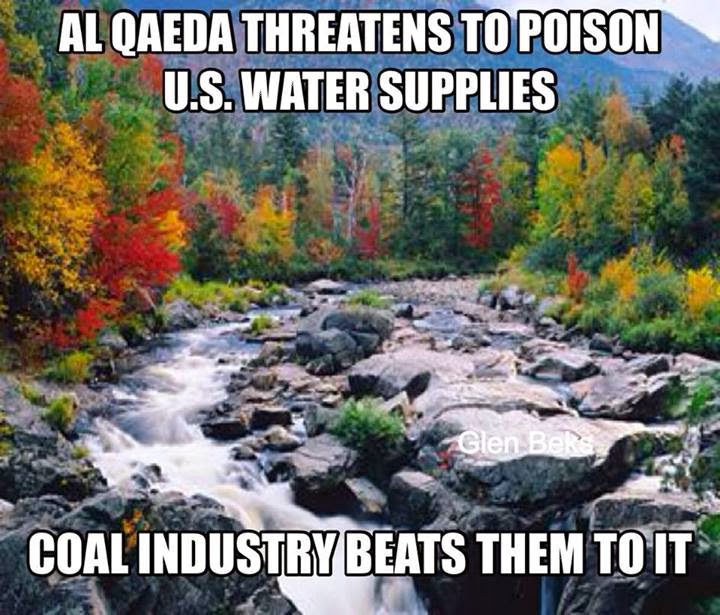I find it surprising that England et al. is getting so much attention. It’s simply another paper that shows quite plainly that the past and current generations of climate models are fatally flawed…because they cannot simulate coupled ocean atmosphere processes that cause global surface temperatures to warm and that stop that warming. Maybe the attention results from their use of “wind” as a metric.
The flatness of the Pacific trend indicates there has not been a substantial increase in the subsurface temperatures of the entire Pacific Ocean to depths of 2000 meters over the past 11 years…same with the North Atlantic. It cannot be claimed that manmade greenhouse gases caused the warming in the South Atlantic and Indian Oceans, when they obviously have had no impact on the warming of the North Atlantic and Pacific Oceans to 2000 meters over the past 11 years.
The shortcomings of the climate models highlighted in this new paper feed into larger criticism that the models play down the importance of natural variability in the global climate system. “You want to have enough noise in your system” in order to get a realistic result, noted Xie.
It’s not a potential problem. It’s a major problem. One contributing factor to the problem is that climate scientists (example Shang-Ping Xie’s quote) view coupled ocean-atmosphere processes as “noise in your system”. ENSO is not noise; ENSO is a coupled ocean-atmosphere process that climate models still cannot simulate. Sea surface temperature data and ocean heat content data indicate that ENSO acts as a chaotic, sunlight-fueled, coupled ocean-atmosphere, recharge-discharge oscillator—with El Niño events acting as the discharge mode, and with La Niña events acting as the recharge and redistribution mode. If this topic is new to you, refer to illustrated essay “The Manmade Global Warming Challenge” [42MB pdf] for an introduction.
Climate models failings with respect to ENSO—their failures to properly simulate of El Niño- and La Niña-related processes—have been known for years. See Guilyardi et al. (2009) and Bellenger et al (2012). It is very difficult to find a portion—any portion—of El Niño and La Niña processes that the models simulate properly.















No comments:
Post a Comment